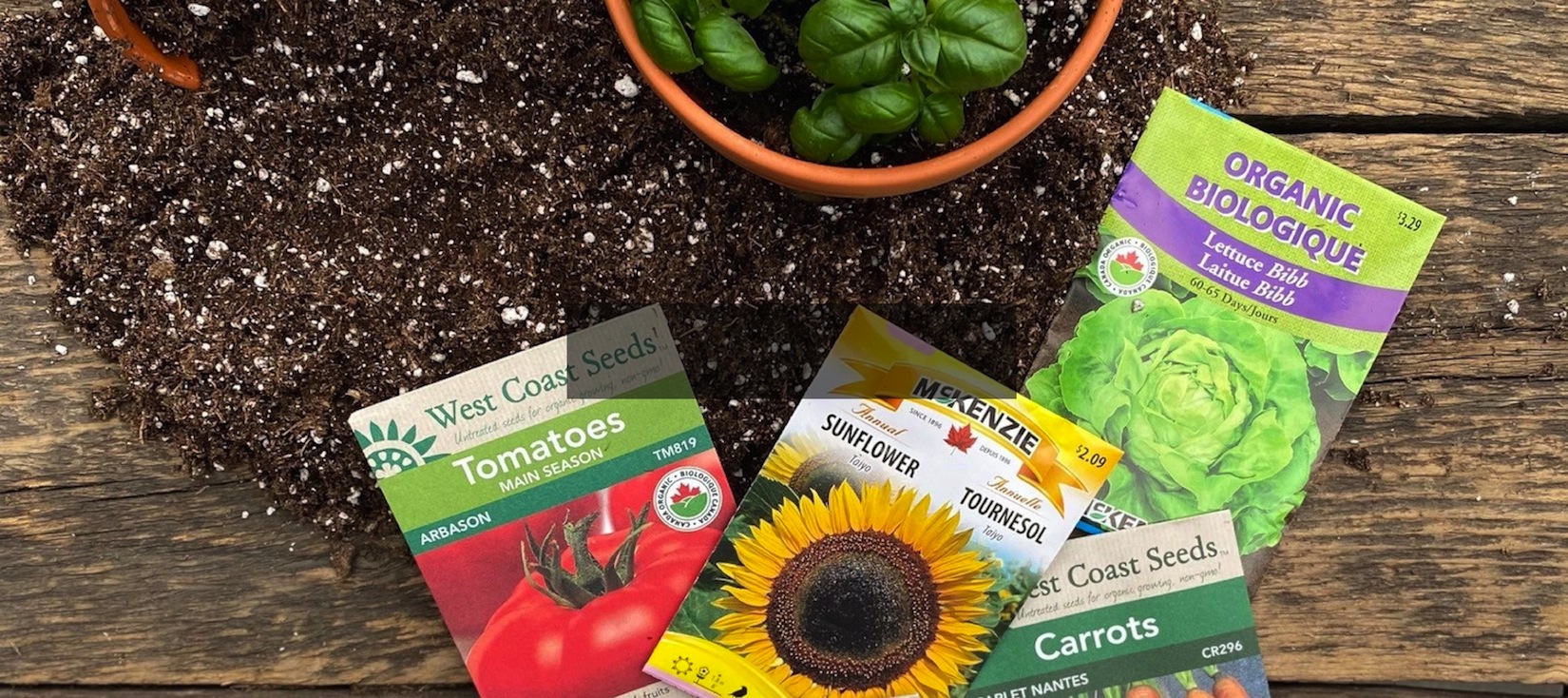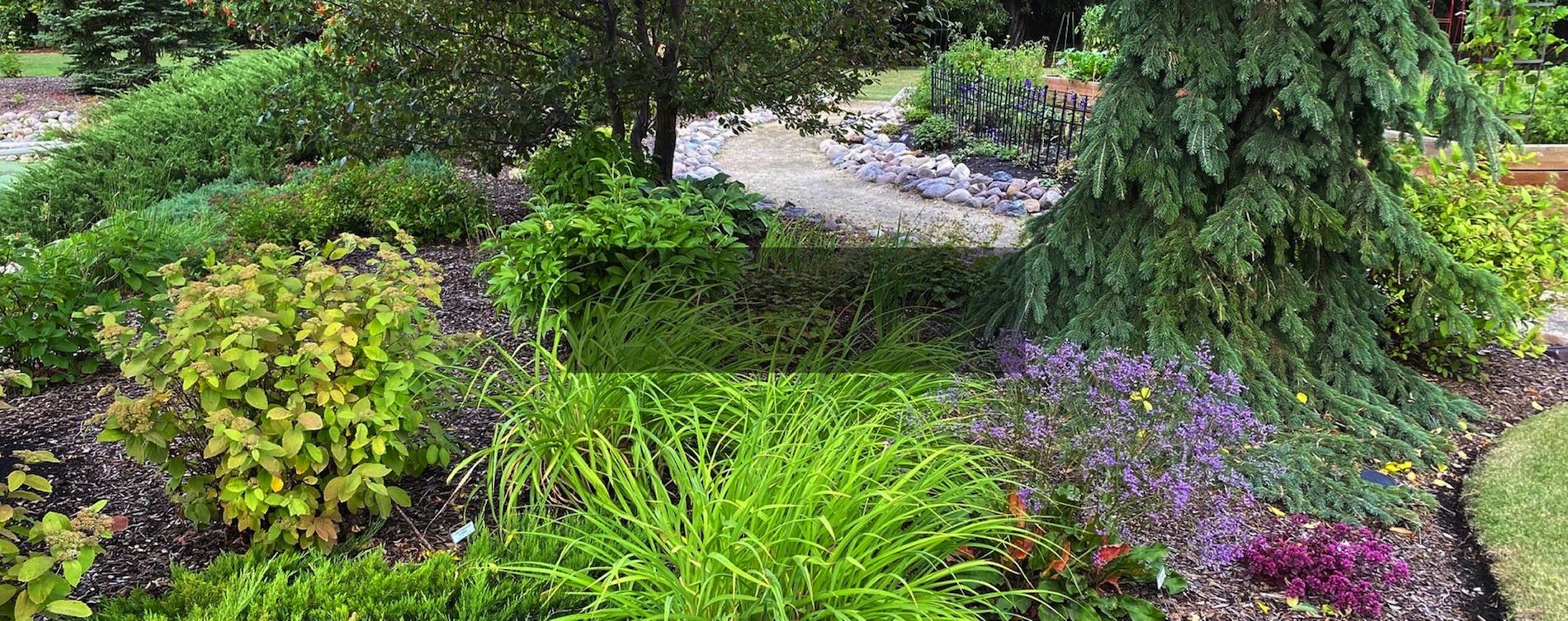Growing Peonies

These traditional perennials will bring colour and texture to the garden for decades. Reliably hardy and easy to grow, peonies prefer a well- drained soil, and most require full sunlight in order to bloom well.
Planting
Dig your planting hole at least 8-10 inches deep, loosening the soil well. Roots of potted plants should be spread apart if growing in a tight circle. Place a generous handful of bone meal into the planting hole. Ensure that the eyes are buried no deeper than 2 inches below the soil surface, otherwise your plant may fail to bloom.
Watering
Newly planted peonies should be kept consistently moist; once established peonies are quite drought tolerant.
Staking
Most peonies are top heavy due to their large blooms, and thus require support to avoid flopping over. Peony rings should be set out in early spring, as plants are emerging from the soil.
Dividing
Peonies can live for many years without being divided. However, very old plants eventually become overcrowded and may start to decline. At this time it’s a good idea to divide your plant. In September, cut the stems near ground level and dig the roots carefully with a spading fork. Wash most of the soil off the root mass and use a sharp knife to divide the clump. Each division should have at least 3-4 eyes; smaller divisions will take a year or more to bloom again.
Pests and Diseases
Peonies are mostly very resilient to pests and diseases. However, some younger plants can be easily affected by botrytis, a fungal disease that attacks newer growth, covering it with a dense, velvety gray mold. Very young shoots may be blighted early on and turn black. Botrytis may also attack developing flowers, causing buds to blacken and remain unopened.
Stems that suddenly wilt often signal botrytis. Cut off any affected stems and disinfect your pruners. Discard removed stems in the garbage (not compost).





